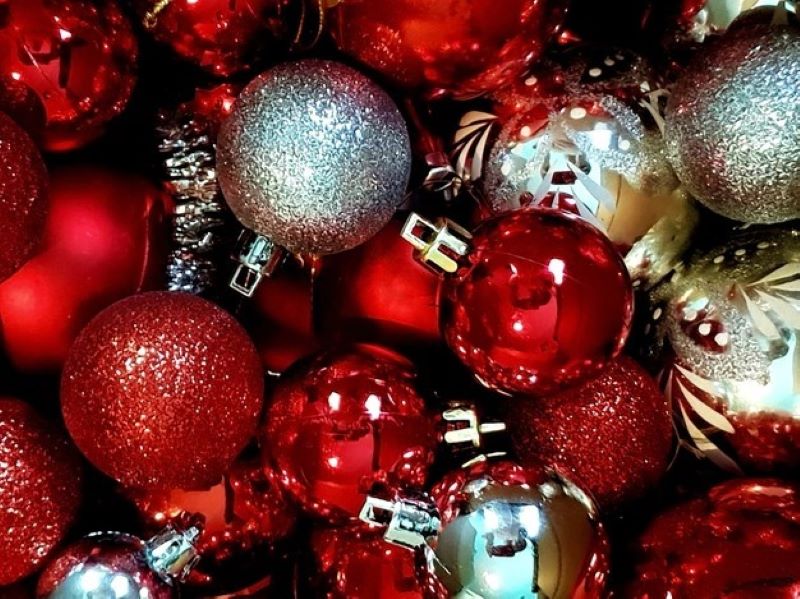Christmas Eve Food Traditions in Europe
Food is often at the center of Christmas Eve celebrations around the world. It is a time when families gather together to share a communal meal, and often the traditional dishes and flavors associated with the holiday are an important part of the festivities. From elaborate feasts to simple and symbolic meals, food plays an important role in many Christmas Eve traditions.
In many countries, the traditional Christmas Eve meal is centered around fish or seafood. In Italy, for example, the meal is referred to as La Vigilia, or the Feast of the Seven Fishes. It is a celebration of the wait for the birth of Jesus Christ and typically consists of a multi-course meal featuring seven different seafood dishes. Some of the most popular dishes include fried calamari, seafood risotto, and salt cod fritters.
A Polish Wigilia: Stories, Carols, and Pierogi
Similarly, in Poland, the traditional Christmas Eve meal is called Wigilia and is also centered around fish. One of the most well-known dishes is carp, which is often presented whole and prepared in various ways, such as baked, fried, or in a soup. Other traditional dishes include sauerkraut with mushrooms, pierogi (dumplings), and poppy seed cake.
In some Latin American countries, a traditional Christmas Eve dish is tamales. These are made of corn dough filled with various meats, vegetables, and spices, all wrapped in a banana leaf and steamed. They are often served with rice and beans, and sometimes accompanied by a spicy salsa.
A French Réveillon: A Night of Indulgence
In other countries, the Christmas Eve meal is a time for elaborate feasts with many courses. In France, a traditional Christmas Eve meal is known as le Réveillon and consists of multiple courses, including oysters for an appetizer, foie gras as a main course, and a dessert of buche de Noel, or Yule log cake. Similarly, in Spain, a traditional Christmas Eve meal is called Nochebuena and often features a variety of dishes, such as roasted lamb or pig, paella, and marzipan sweets.
Christmas Eve in Mexico: Tamales and Ponche
In some cultures, the Christmas Eve meal is a simple one, but rich in symbolism. For example, in Mexico, it is traditional to have a late-night meal of tamales and hot chocolate, often followed by the breaking of a piñata filled with treats. The tamales symbolize the food that Mary and Joseph may have eaten on their journey to Bethlehem, while the piñata represents the struggle against temptation and sin.
Another important aspect of Christmas Eve food traditions is the role of sweets and desserts. In many countries, pastries and sweets play a major role in the holiday celebrations. In Germany, for example, it is traditional to make stollen, a fruitcake-like pastry filled with raisins and nuts. In Sweden, a popular sweet for Christmas Eve is pepparkakor, or gingerbread cookies. And in Brazil, it is traditional to serve panettone, a sweet bread filled with dried fruit and nuts, alongside a refreshing drink of champagne or cider.
In conclusion, Christmas Eve is a time for families to come together and celebrate, and food plays an important role in many of these celebrations. From the elaborate feasts of France and Spain to the simple, symbolic tamales of Mexico, food traditions are an essential part of the holiday festivities. So, wherever you are in the world, take a moment this Christmas Eve to enjoy a delicious meal with your loved ones, and celebrate the many tastes and flavors that make this holiday season so special.

